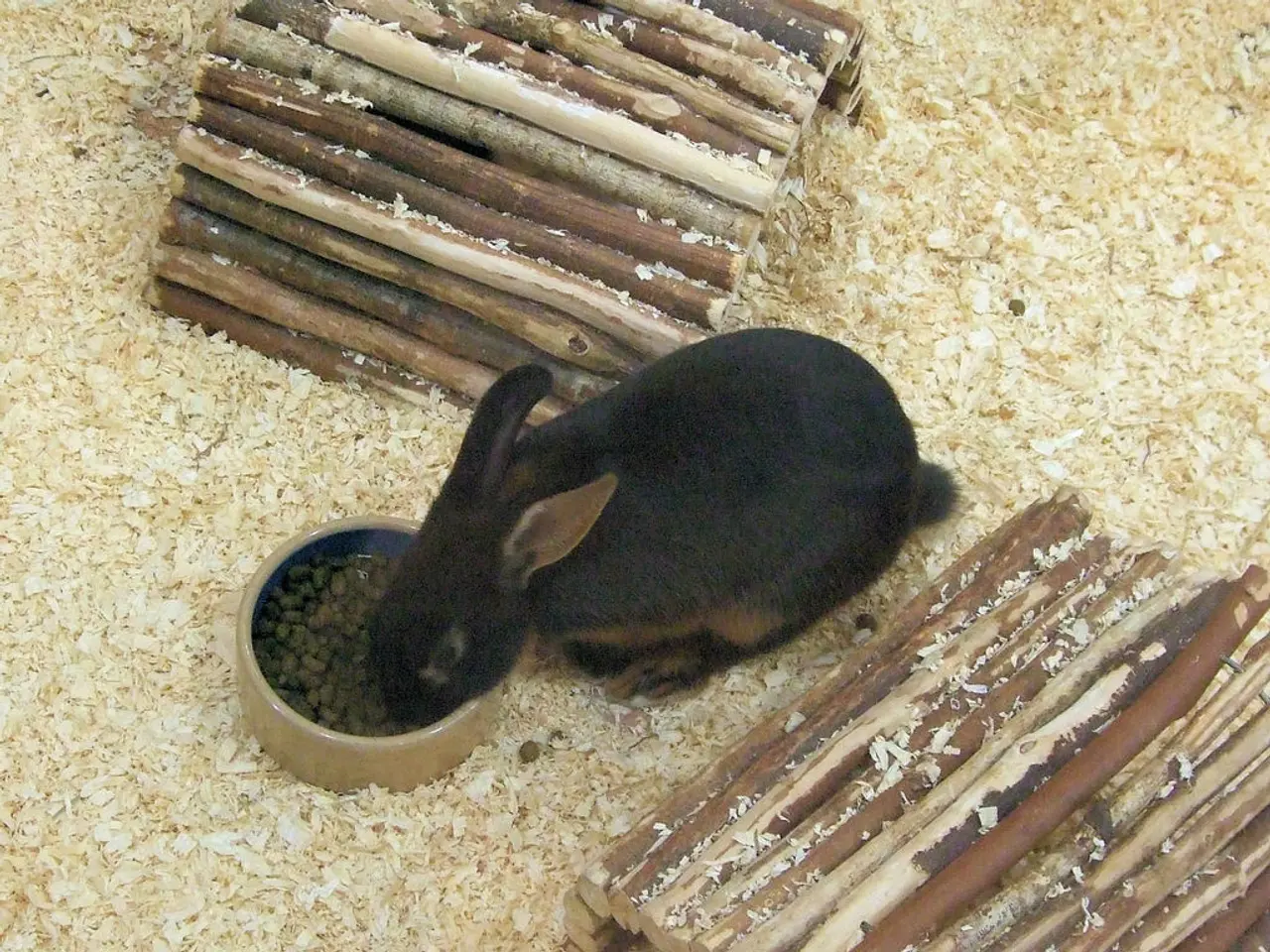Archaeologists discover evidence of psychoactive nut consumption in Thailand dating back 4,000 years, as revealed by fossilized teeth.
In a groundbreaking study published in the journal Frontiers in Environmental Archaeology, researchers have uncovered the earliest direct biomolecular evidence of betel nut use in Southeast Asia. The discovery, made at the 4,000-year-old Bronze Age site of Nong Ratchawat in Central Thailand, has the potential to significantly alter our understanding of ancient lifeways and human-plant relationships.
The study, conducted by applying novel biomolecular methods, specifically liquid chromatography-mass spectrometry (LC-MS), to ancient dental calculus (mineralized dental plaque) from 36 human burials, found diagnostic alkaloids associated with betel nut chewing in three dental calculus samples, all from a single female burial.
The distinctive stain from betel nut chewing, which is often used as an archaeological indicator of its use, may not have lasted 4,000 years. However, the presence of these chemical residues in the dental calculus indicates sustained betel nut consumption by this individual. The absence of typical tooth staining might be explained by different consumption methods, teeth cleaning habits, or post-mortem processes affecting stain preservation.
Moonkham, a researcher involved in the study, emphasised the importance of understanding the cultural context of traditional plant use. Betel nuts, also known as areca nuts, were used as a narcotic thousands of years ago in Bronze Age Thailand. The team aims to conduct the same type of analysis in multiple sites to further understand the cultural legacy of betel nut chewing.
Betel nuts are native to Southeast Asia and are used as an antibacterial mouthwash and a narcotic. Over 600 million people, almost 10% of the world's population, currently chew betel nuts. Archaeological evidence can inform contemporary discussions by honoring the deep cultural heritage behind these practices.
The study's findings suggest that there may have been different consumption methods or cleaning practices related to betel nut chewing. The researchers created a control sample using betel nut, pink limestone paste, Piper betel leaves, Senegalia catechu bark, and sometimes tobacco to replicate authentic chewing conditions.
Psychoactive, medicinal, and ceremonial plants represent millennia of cultural knowledge, spiritual practice, and community identity. This discovery showcases the potential of dental calculus analysis to revolutionise our understanding of ancient lifeways and human-plant relationships, potentially opening new paths for understanding prehistoric lifeways, plant use, and cultural practices related to betel nut chewing in ancient Southeast Asia.
- The study's findings in the journal Frontiers in Environmental Archaeology reveal that research on dental calculus from 36 human burials in Nong Ratchawat, Central Thailand, has unearthed the earliest direct biomolecular evidence of betel nut use in Southeast Asia, shedding light on ancient lifeways and human-plant relationships.
- The presence of alkaloids associated with betel nut chewing in three dental calculus samples, all from a single female burial, suggests that this individual had sustained consumption of the betel nut.
- The research team, in their study, applied novel biomolecular methods, such as liquid chromatography-mass spectrometry (LC-MS), to explore the cultural context of traditional plant use, particularly focuses on betel nut consumption in ancient Southeast Asia.
- By analyzing dental calculus from multiple sites, the researchers aim to better understand the cultural legacy and deep cultural heritage behind betel nut chewing practices in ancient times, contributing to contemporary health-and-wellness, fitness-and-exercise, and nutrition discussions.
- In contemporary society, betel nuts, used as an antibacterial mouthwash and narcotic, are chewed by nearly 10% of the world's population (over 600 million people), and the scientific findings can serve as a reminder of the importance of preserving and respecting these long-standing cultural practices.
- The discovery of the earliest evidence of betel nut use not only paves the way for further research on the use of psychoactive, medicinal, and ceremonial plants but also opens new paths for understanding prehistoric lifeways, plant use, and cultural practices related to early human-plant relationships in Southeast Asia.




